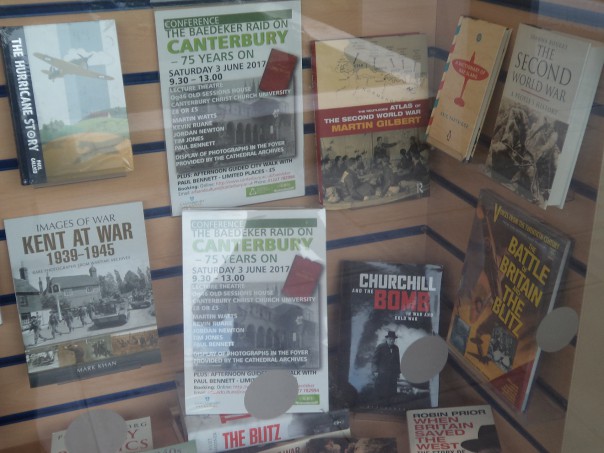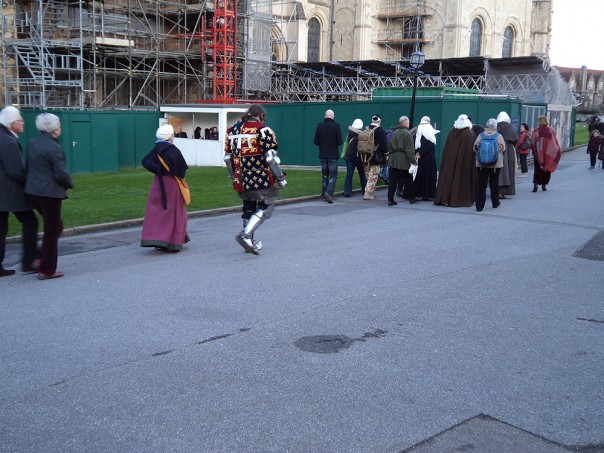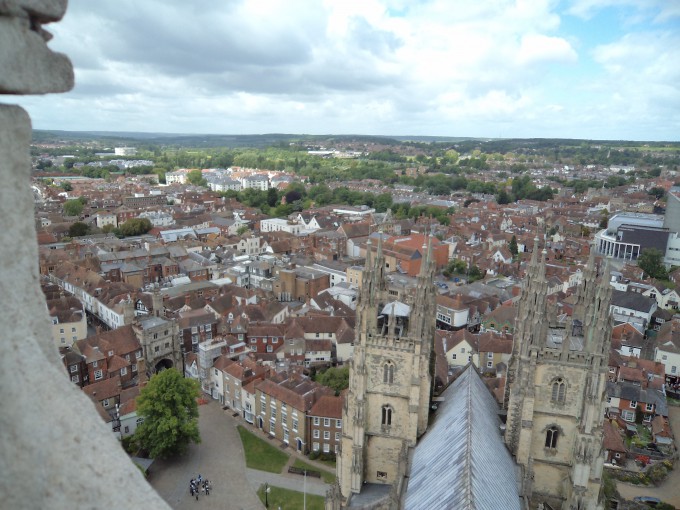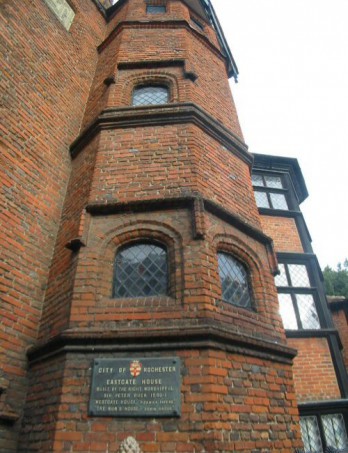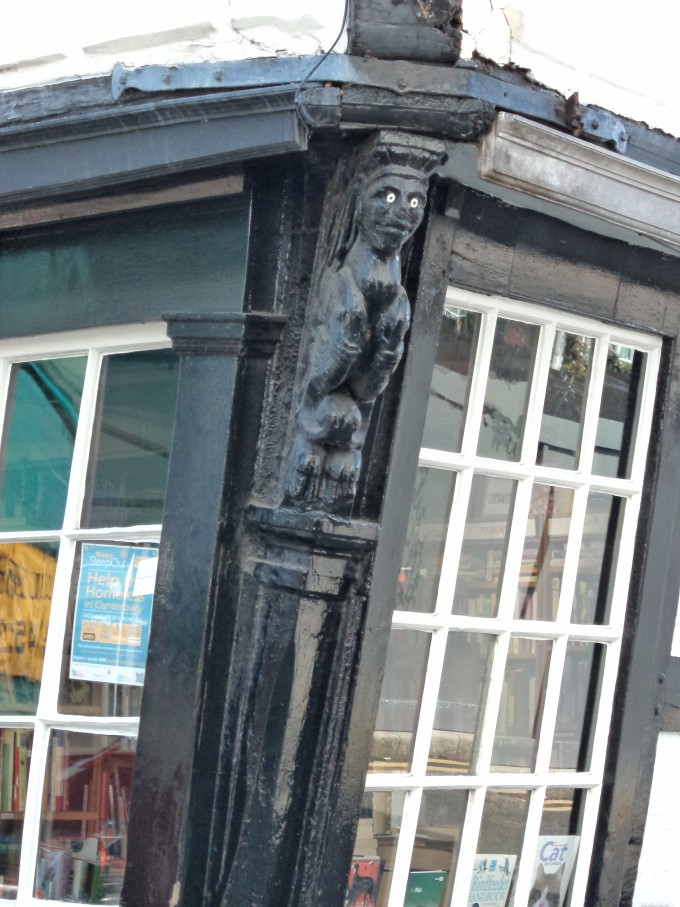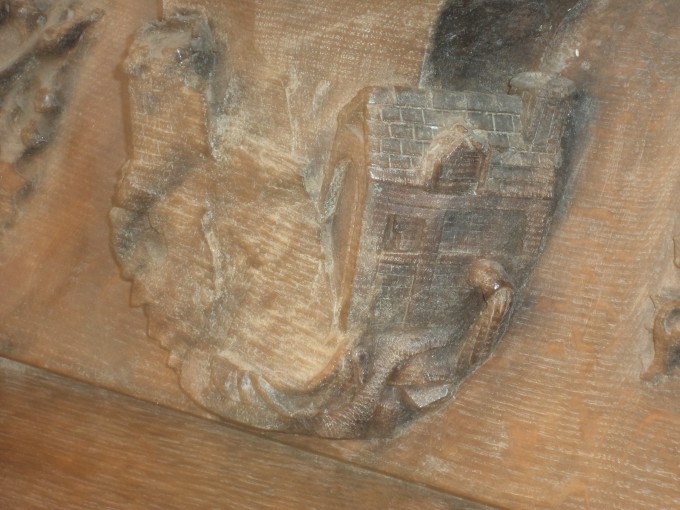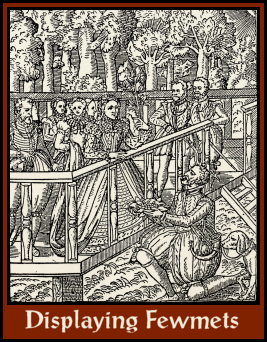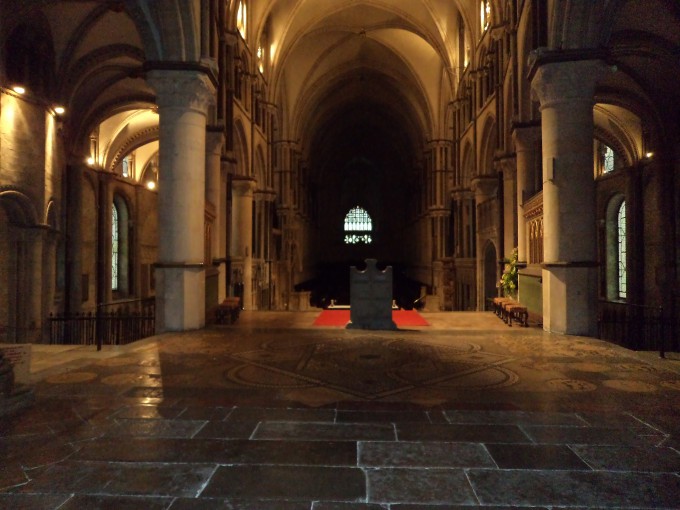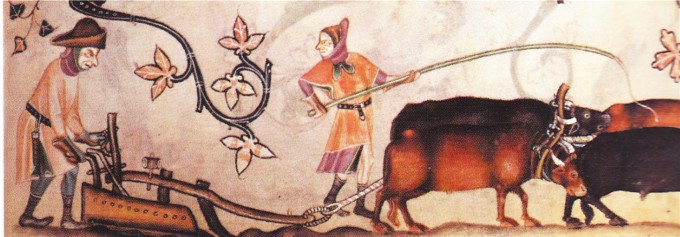Yesterday marked a watershed in History at Canterbury Christ Church, as well as in the Centre, because Dr Stephen Hipkin finished teaching at CCCU having opted for early retirement.
Becket, Pilgrims and Canterbury
About this time last year I was musing about Archbishop Sudbury and the subject of commemoration, a fitting topic for the last week in December. This year I’m going to […]
Joan Thirsk’s academic great-grandchildren
This week I am going to use the blog spot to give you Rob Gainey’s response to the recent ‘New Directions in Kent History’ conference because as a current Christ […]
Joan Thirsk’s ‘lost conversations’
I decided to wait until today because the Centre’s programme of (joint) events hit a real high this week with first Professor Louise Wilkinson’s lecture on Wednesday (with Friends of […]
A native American in Canterbury
By and large I’m going to stick to the early modern theme this week, not least because I attended an exceedingly interesting lecture on Wednesday by Dr Catherine Richardson (University […]
Canterbury’s medieval literary history
I think I will start with Professor Peter Brown’s lecture from last night when he gave a masterful account of Canterbury’s literary history between 1340 and 1420, a period that […]
Spreading the word
Considering the potential problems that may be on the horizon regarding archives in Kent, it is great to be able to report on something positive. I was at a meeting […]
Planning for 2015
Having attended a planning meeting of the Centre yesterday, I thought it was highly appropriate to record that things are moving on the Great War study day scheduled for a […]
New Directions in Kent History Since Joan Thirsk
Joan Thirsk was an exceedingly important social historian of the 20th century, who understood the importance of putting the history of people, especially rural people, at the centre of academic […]
